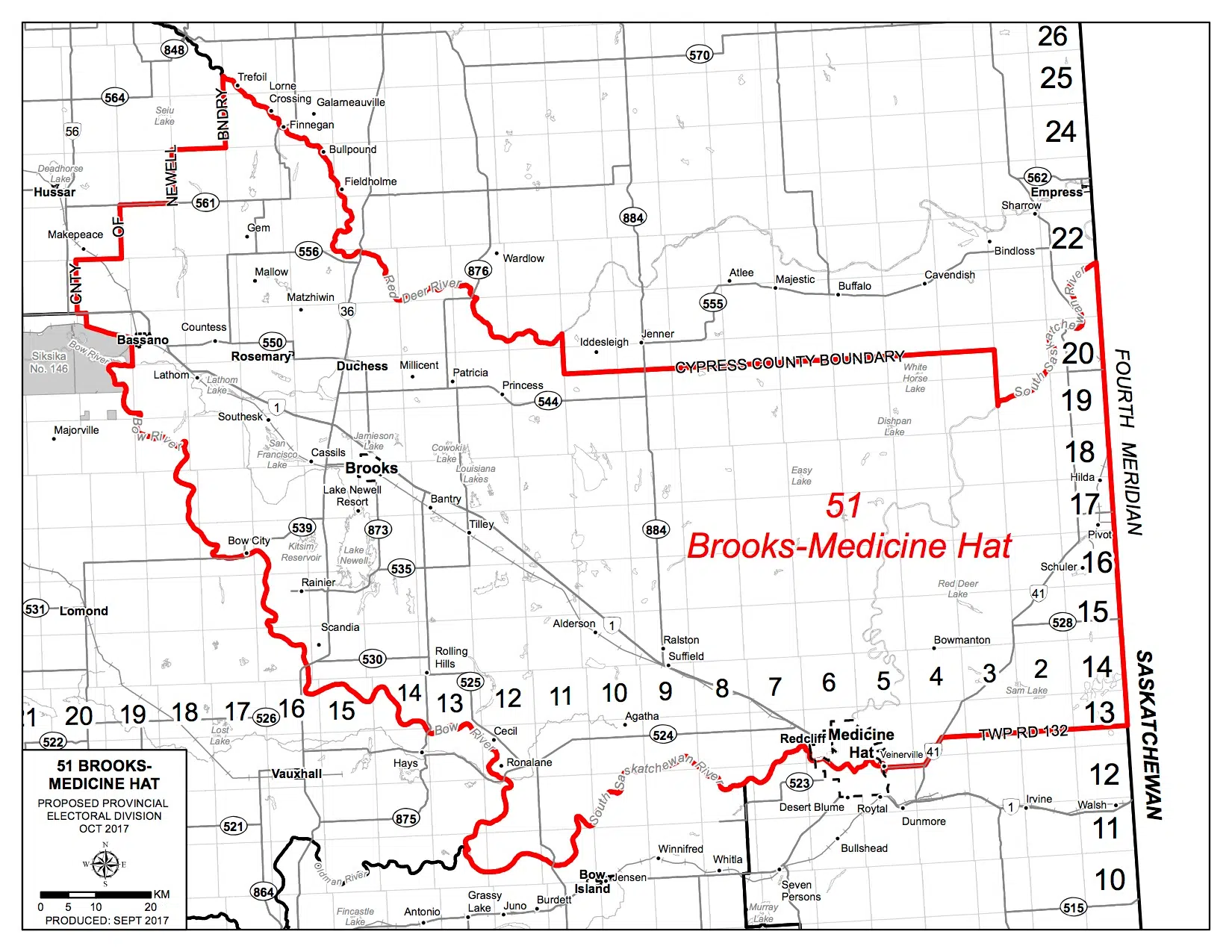
Province passes new electoral boundary legislation
EDMONTON, AB — Alberta will have new provincial electoral boundaries in two years.
During the final day of the sitting of the legislature, the Electoral Divisions Act was passed in third reading by a vote of 41-25.
Cypress-Medicine Hat MLA Drew Barnes voted against the bill, saying the bill would reduce the voice of rural Albertans, making it harder for their concerns to be heard in Edmonton.
